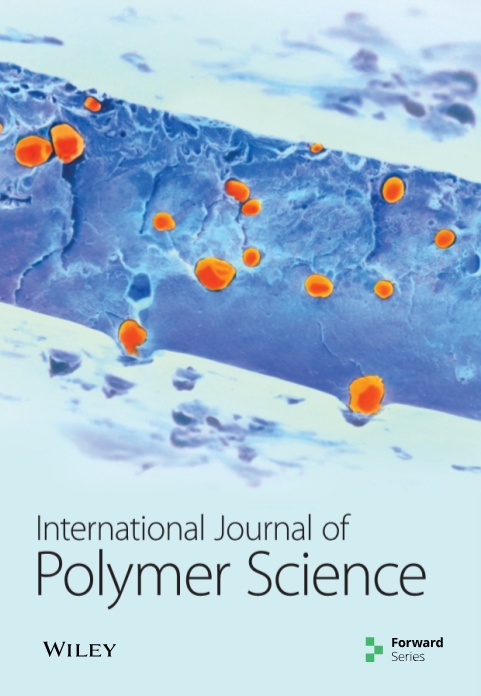fdm加工皂荚填充聚乳酸长丝力学性能研究
IF 4.4
4区 化学
Q2 POLYMER SCIENCE
引用次数: 3
摘要
在这项工作中,使用单螺杆挤出机将Acacia concinna填料混合在聚乳酸基质中。使用由挤出机制成的复合长丝材料来制备聚乳酸/25 重量百分比A.concinna(PLA/25 wt%AC)复合材料。基于田口L9实验设计,通过改变层厚度、填充密度和印刷速度来制备复合材料。根据ASTM标准对印刷的复合材料样品进行拉伸、弯曲和冲击试验。通过方差分析确定了影响力学性能的因素的显著性。为了估计PLA/AC复合材料的强度,建立了数学模型。此外,还使用扫描电子显微镜对断裂试样进行了检查,以确定断裂机制。层高度和填充百分比都对强度有积极影响,这表明层高度或填充百分比或两者都会增加材料的强度。打印速度对强度有负面影响,这表明强度随着打印速度的增加而降低。研究结果表明,PLA/AC复合材料可用于使用FDM制造高强度、轻量化部件。本文章由计算机程序翻译,如有差异,请以英文原文为准。
Investigation of Mechanical Properties of FDM-Processed Acacia concinna–Filled Polylactic Acid Filament
In this work, an Acacia concinna filler was blended in a polylactic acid matrix using a single-screw extruder. A composite filament material made from an extruder was used to fabricate polylactic acid/25 wt% A. concinna (PLA/25 wt% AC) composites via a fused deposition modeling (FDM) technique. Composites were fabricated by varying layer thickness, infill density, and printing speed based on Taguchi L9 experimental design. Tensile, flexural, and impact tests were conducted on the printed composite samples as per the ASTM standards. The significance of factors impacting the mechanical properties was determined using analysis of variance. To estimate the strength of PLA/AC composites, mathematical models were developed. In addition, the fractured specimen was examined using scanning electron microscopy to determine the mechanism of fracture. Both the layer height and the infill percentage exhibited a positive influence on strength, which suggests that the layer height or the infill percentage, or both, will increase the material’s strength. The printing speed had a negative influence on the strength, which indicates that the strength decreases as the printing speed increases. The findings suggested that PLA/AC composites could be used to fabricate high-strength, lightweight components using FDM.
求助全文
通过发布文献求助,成功后即可免费获取论文全文。
去求助
来源期刊

International Journal of Polymer Science
POLYMER SCIENCE-
CiteScore
6.10
自引率
0.00%
发文量
55
审稿时长
>12 weeks
期刊介绍:
The International Journal of Polymer Science is a peer-reviewed, Open Access journal that publishes original research articles as well as review articles on the chemistry and physics of macromolecules.
 求助内容:
求助内容: 应助结果提醒方式:
应助结果提醒方式:


